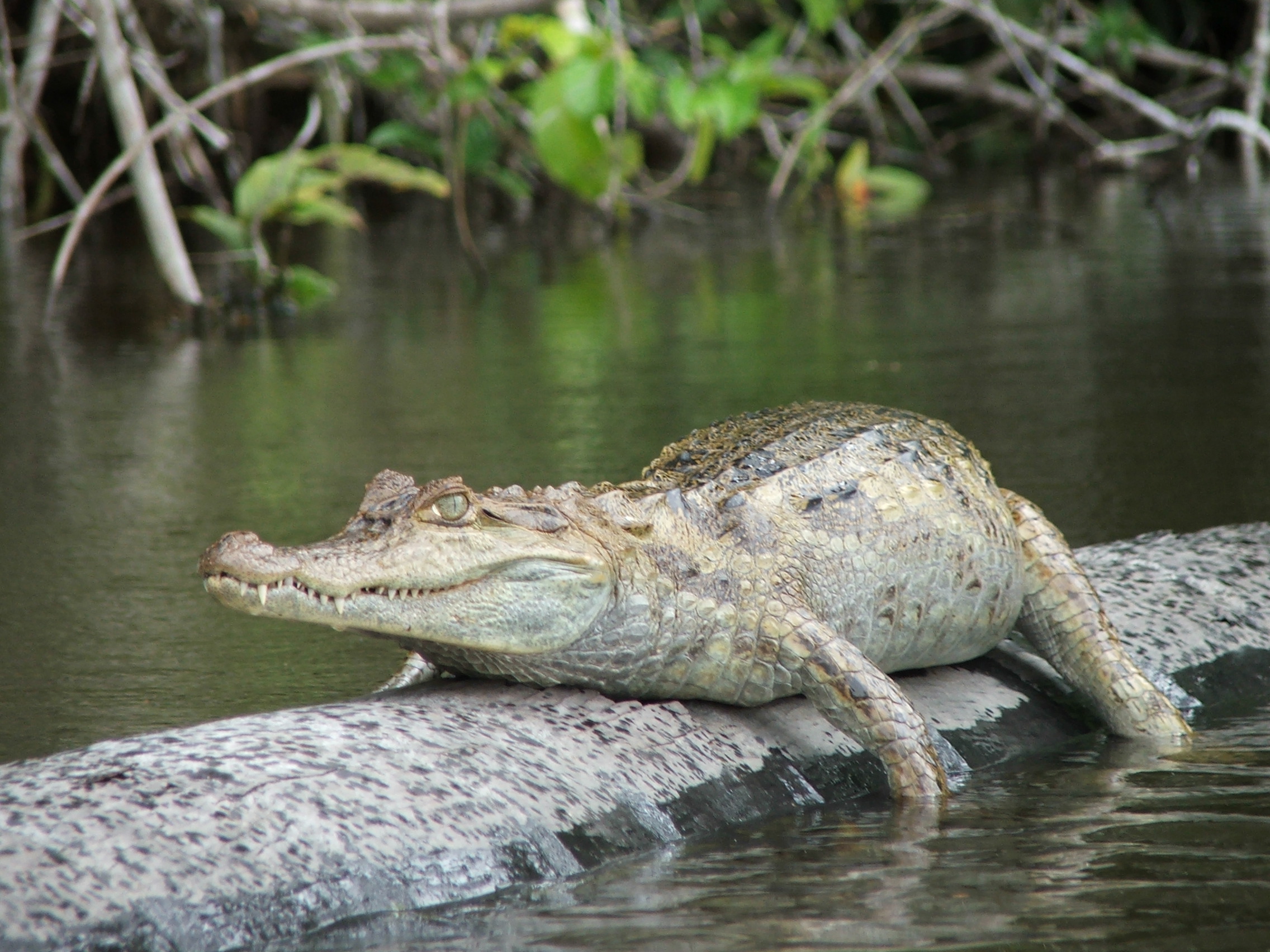

Participative conservation is a principle by which the protection and conservation strategy that is applied in the PNCAZ starts. This is necessary because one of its challenges is to ensure an effective control and surveillance of the protected area with only 45 park rangers covering 1.35 million hectares and a perimeter of nearly 1,000 km. These conditions demanded a participatory strategy with the incorporation of communal park rangers. This allowed the inclusion of the fronts of defense of the populations, peasant rounds, and even the local authorities themselves, in the control and surveillance strategies, within the framework of the Master Plan of the Park. All of them have acquired a commitment to assist in the conservation and protection of the park, or to define and plan the settlements of the populations to prevent their advance, and land use change.
- Control and surveillance strategy with the support of Communal Park Rangers.
- High-level of involvement of local authorities and local communities in the participative management of the area.
- Visibility of the importance of forest conservation, its biological diversity and its ecosystem services for local development.
As part of the strategies generated to improve the effectiveness of the PNCAZ's management, the park’s protection front was strengthened. As a result, on top of the 45 official park rangers hired by CIMA and officially recognized by the SERNANP, there are communal park rangers elected in the general assemblies of each community. Communal park rangers rotate every two months among the control posts of the protected area. They directly support the park protection efforts, but they remain integrated into their local communities. This strategy aims to generate a favorable and collaborative environment with the local communities in the implementation of the park’s conservation actions, which allowed for continued co-management and coordinated work in the territory.